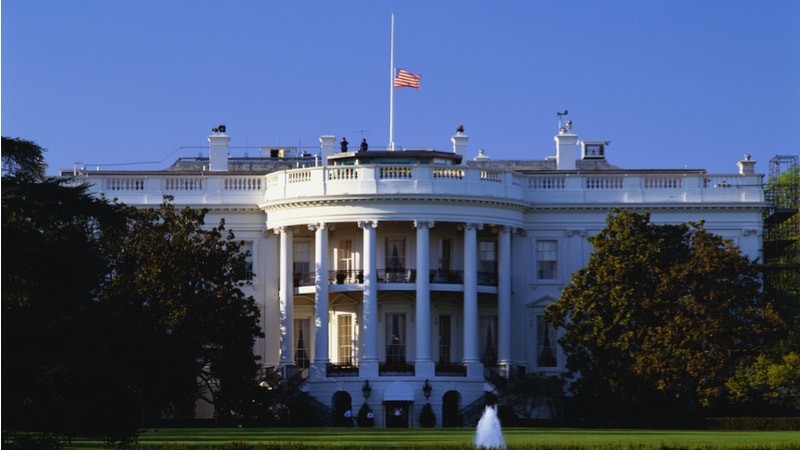
The practical challenges of a sweeping effort to collect and analyze data from numerous Federal agencies are about to get a real-world test from President Trump’s most recent executive order.
President Trump late yesterday took to the White House Rose Garden to announce an executive order (EO) that directs Federal agencies to provide the Department of Commerce with all data related to the number of citizens and noncitizens living in the United States for use in conjunction with the 2020 census.
“Data identifying citizens will help the Federal government generate a more reliable count of the unauthorized alien population in the country,” the EO says. “Data tabulating both the overall population and the citizen population could be combined with records of aliens lawfully present in the country to generate an estimate of the aggregate number of aliens unlawfully present in each state.”
The executive order states that the collection of data across Federal agencies will address several challenges, including:
- Helping understand the effects of immigration to assist in informing policy;
- Fleshing out incomplete data that “hinders the Federal government’s ability to implement specific programs,” to and evaluate those programs;
- Restricting noncitizen eligibility for public benefits in accordance with 8 U.S.C. 1601 (2) and 8 U.S.C. 1601(5), (6); and
- Removing limits on data collected by the Department of Homeland Security to determine the number of “illegal aliens” in the U.S.
On the data collection level, the EO also establishes an interagency working group to improve administrative records access. The order also directs the Secretary of Commerce to review potential avenues to ensure that Commerce’s “existing data-gathering efforts expand the collection of citizenship data in the future.”
“To be clear, generating accurate data concerning the total number of citizens, non-citizens, and illegal aliens in the country has nothing to do with enforcing immigration laws against particular individuals,” the EO says.
In the days leading up to the executive order, a Supreme Court decision determined that if the administration were to add a citizenship question to the 2020 census, it must provide more sufficient reason for doing so. “If judicial review is to be more than an empty ritual, it must demand something better than the explanation offered for the action taken in this case,” Chief Justice John Roberts wrote in the decision.
Critics of including the citizenship question on the 2020 Census have argued that the question is an attempt to intimidate noncitizens, Hispanic households, and other minority households from responding to the census. The Trump administration has argued that including the question will produce a more accurate picture of the U.S. population.
